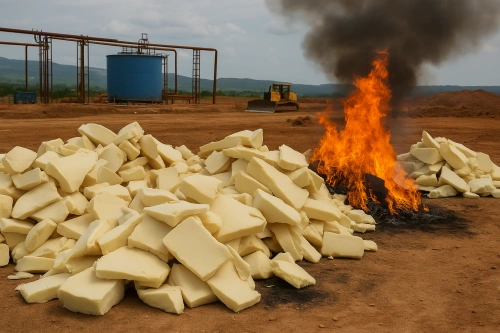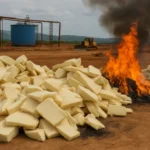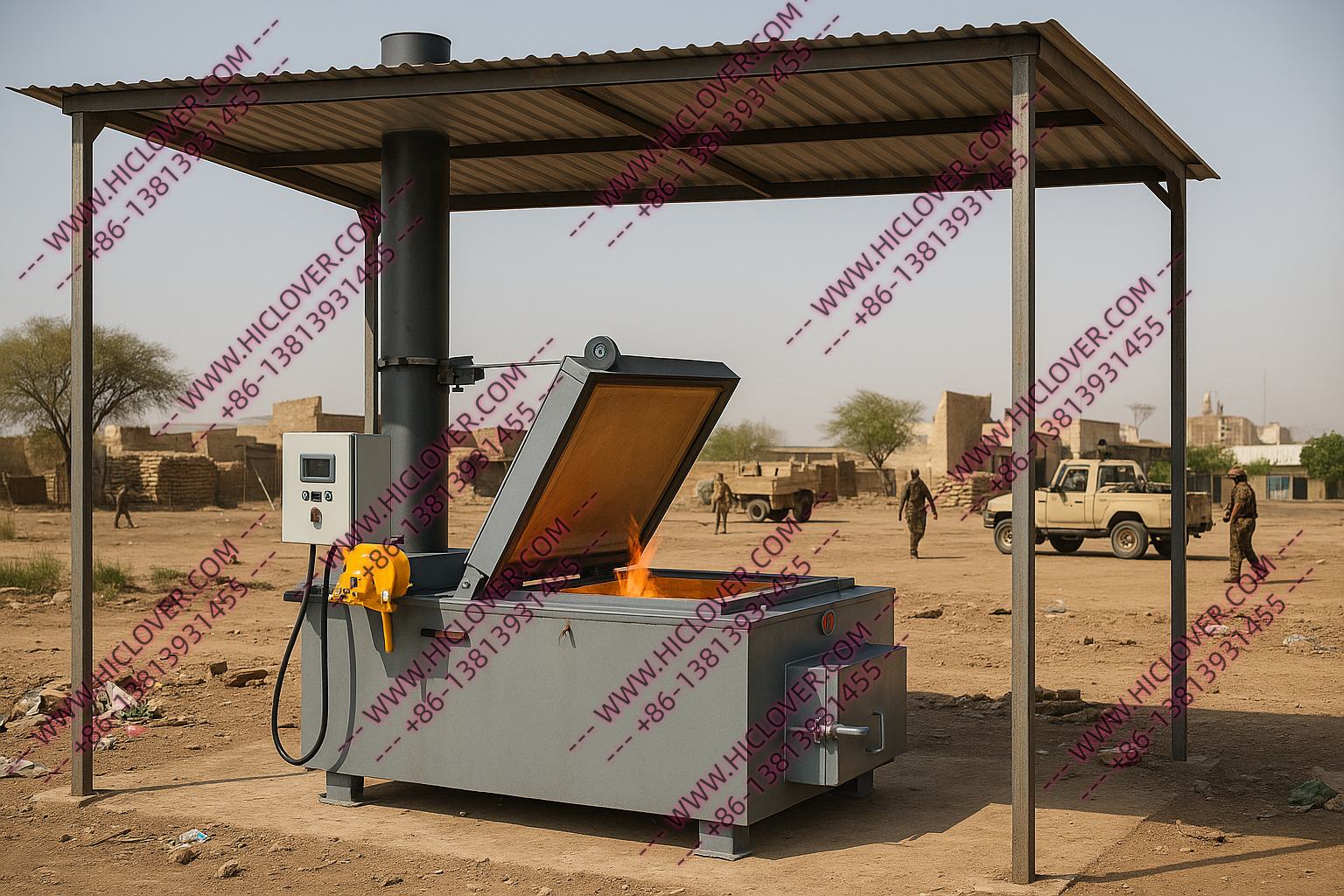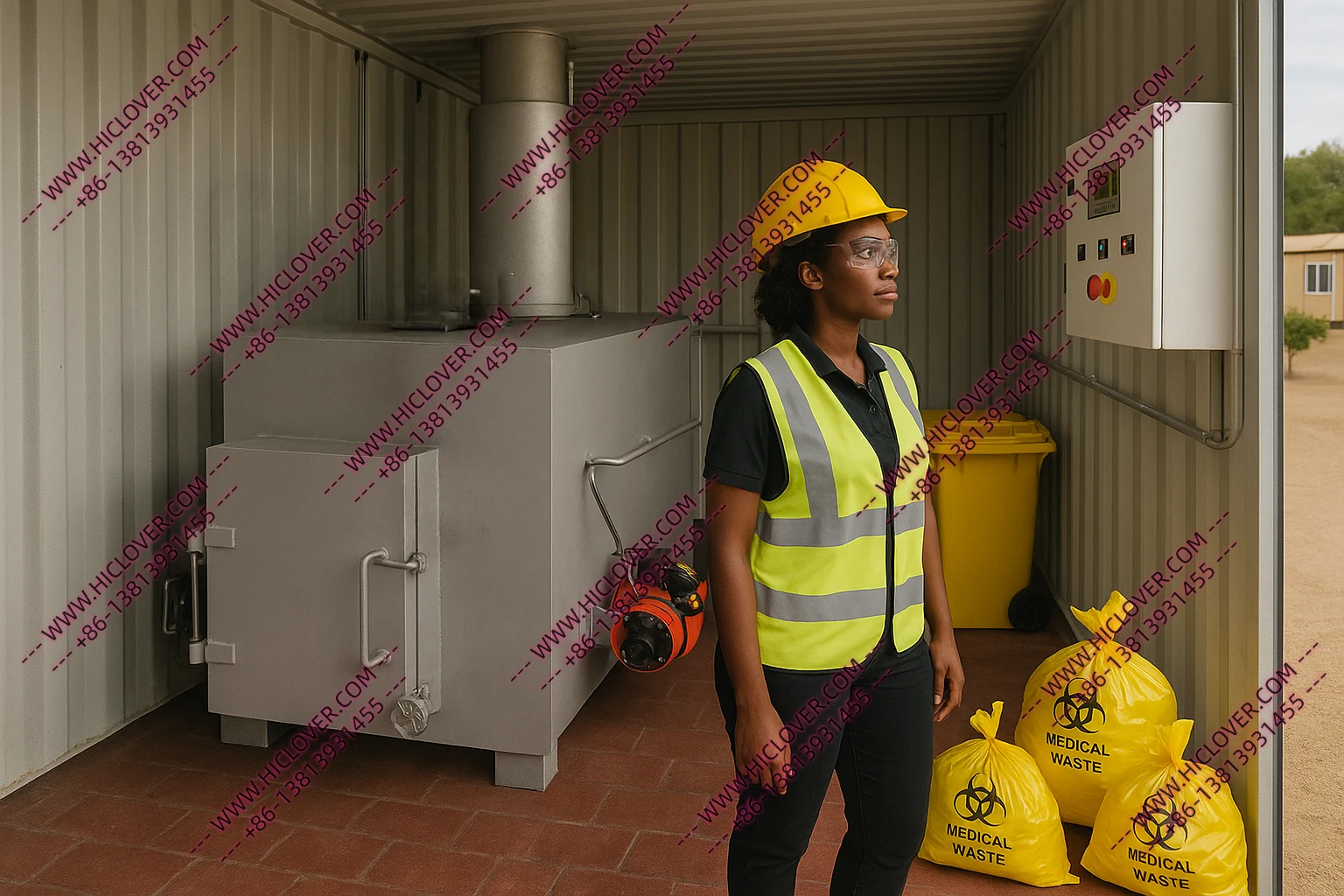PUF Waste Management in the EACOP Project C The Role of Industrial Incineration Solutions
The East African Crude Oil Pipeline (EACOP) is one of the most significant infrastructure developments in Sub-Saharan Africa, connecting Uganda’s Lake Albert oil fields to the port of Tanga in Tanzania. The project involves extensive engineering, procurement, and construction (EPC) work across multiple regions, creating a need for efficient, environmentally responsible waste management solutions during both construction and operation.
Among the materials used in pipeline insulation, polyurethane foam (PUF) plays a vital role in maintaining thermal stability along the heated pipeline. However, during production, transportation, and field installation, large volumes of PUF waste are generated that require careful handling and disposal.
1. PUF Waste in Oil and Gas Infrastructure Projects
PUF is widely used in oil pipeline systems for its excellent thermal insulation, chemical resistance, and lightweight properties. During pipeline construction and insulation work, PUF waste arises from:
-
Offcuts, trimming residues, and rejected foam sections.
-
Field joint insulation work, including foaming and cutting waste.
-
Empty drums, chemical residues, and contaminated packaging.
-
Absorbent materials or debris contaminated with insulation chemicals.
Although PUF waste appears inert, it is highly flammable and often contains residual blowing agents such as n-pentane, which can release volatile gases. For environmental and safety reasons, open burning or landfill disposal of this material is strictly discouraged. Controlled high-temperature incineration is the most effective and compliant method for treating this waste stream.
2. The Challenge of Low-Density Foam Waste
PUF waste has a very low bulk density, often below 80 kg/m3, meaning it occupies a large volume despite its low mass. This makes logistics, storage, and combustion inefficient.
To optimize disposal, the waste must first be shredded and compacted, increasing its density to around 150 kg/m3. Once compacted, it can be efficiently incinerated in a controlled combustion chamber designed for lightweight, high-calorific materials.
For large-scale EPC projects such as EACOP, the selected waste treatment system must be:
-
Portable and modular, suitable for relocation along the pipeline route.
-
Environmentally compliant, meeting World Bank, IFC, and local environmental standards.
-
Efficient in reducing waste volume and minimizing auxiliary fuel consumption.
3. Application of Containerized Incineration Systems
Containerized or modular incineration units are increasingly used in major energy and infrastructure projects to manage site-generated waste like PUF foam. These systems integrate all combustion and emission control stages within a compact, transportable design, making them ideal for temporary or multi-site projects.
Their key operational advantages include:
-
Mobility: Easy to deploy, relocate, and commission at different project zones.
-
Safety: Fully enclosed combustion chambers prevent fire hazards and uncontrolled emissions.
-
Efficiency: Optimized airflow and burner control enable stable combustion of low-density waste.
-
Environmental protection: Multi-stage flue gas cleaning ensures emissions meet international standards.
Such mobile incineration systems offer a reliable, practical, and regulatory-compliant solution for managing industrial waste directly at project sites without the need for long-distance waste transport.
4. Environmental Compliance and Sustainability
EACOP’s environmental management framework emphasizes sustainability, waste minimization, and pollution control throughout its operational lifecycle. Proper thermal treatment of PUF waste supports these principles by:
-
Eliminating hazardous residues and flammable materials.
-
Converting solid waste into inert ash and clean gases.
-
Achieving up to 95% volume reduction, reducing the environmental footprint.
By incorporating controlled incineration into the project’s environmental management plan, EACOP aligns with international ISO 14001 standards and the World Bank Environmental, Health, and Safety (EHS) Guidelines, ensuring responsible waste disposal practices in both Uganda and Tanzania.
5. Conclusion
The EACOP project highlights how large-scale energy infrastructure can balance industrial progress with environmental stewardship. PUF waste, though essential to pipeline insulation, presents unique challenges due to its high flammability and low density.
Through the adoption of high-temperature, containerized incineration systems, the project ensures efficient and compliant waste management―reducing environmental risks, ensuring worker safety, and supporting the region’s broader sustainability objectives.
Keywords: EACOP, polyurethane foam waste, PUF incineration, oil and gas waste management, containerized incinerator, EPC waste treatment, industrial waste disposal, environmental compliance, sustainable infrastructure, thermal insulation waste.









